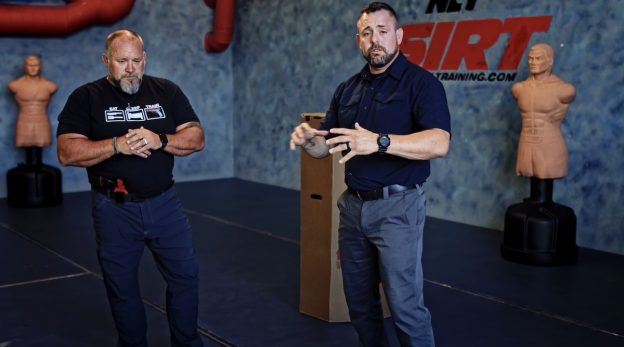Course Content
Expand All
Lesson Content
0% Complete
0/8 Steps
Lesson Content
0% Complete
0/3 Steps
Lesson Content
0% Complete
0/9 Steps
Lesson Content
0% Complete
0/9 Steps
Lesson Content
0% Complete
0/10 Steps
Lesson Content
0% Complete
0/4 Steps
Lesson Content
0% Complete
0/5 Steps
Lesson Content
0% Complete
0/6 Steps
Course Content
Expand All
Lesson Content
0% Complete
0/8 Steps
Lesson Content
0% Complete
0/3 Steps
Lesson Content
0% Complete
0/9 Steps
Lesson Content
0% Complete
0/9 Steps
Lesson Content
0% Complete
0/10 Steps
Lesson Content
0% Complete
0/4 Steps
Lesson Content
0% Complete
0/5 Steps
Lesson Content
0% Complete
0/6 Steps
Preview this Course


Login
Accessing this course requires a login. Please enter your credentials below!